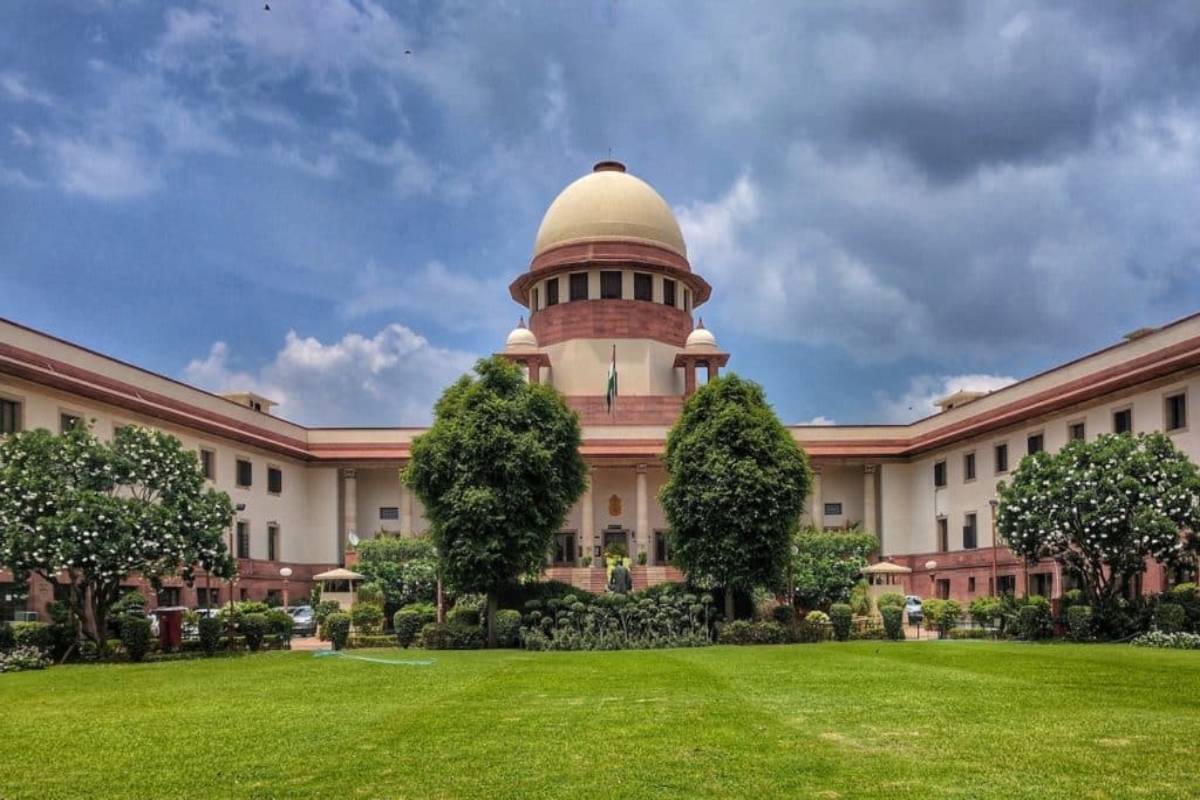Once again, some opposition chief ministers have filed petitions against their Governors in the Supreme Court for allegedly exceeding their roles. States including Punjab, West Bengal, Delhi, Tamil Nadu, Kerala, Uttarakhand, Arunachal Pradesh and Telangana, have expressed their concerns to the courts alleging their Governors act as agents of the Centre.
According to them, their questionable decisions include:
Advertisement
�Imposing President’s Rule.
�Choosing the party to form the government.
�Refusing to sign bills passed by the Legislature.
�Delaying Assembly sessions even after the state cabinet has recommended a date.
�Not having a smooth relationship with the Opposition chief ministers. The Supreme Court recently ruled that governors cannot hold bills indefinitely. They should not act against the recommendations of the elected cabinet. The petition from Tamil Nadu, Punjab, and Kerala triggered this clarification. The court criticised the Kerala Governor, Arif Mohammad Khan, for delaying eight bills passed by the state legislature for two years.
The Chief Justice of India chastised the Governor of Punjab for obstructing the law-making process by holding onto bills without valid reasons. The Apex court has emphasized its commitment to establishing legal principles if such impasses continue to occur in the state. On an earlier occasion, the court ruled in “Ram Jawaya Kapur vs the State of Punjab” that the Governor must follow the advice of the Council of Ministers and cannot veto a bill without their consent.
This brings us to whether we need governors at all. There are some political parties, such as the DMK and the Communists, which strongly advocate for the abolition of the post. They argue that over the years, it has become a retirement position for politicians. Governors have become mere agents of the Centre. It is worth mentioning that there was a disagreement in the Constituent Assembly between those who saw Article 356 as granting excessive powers to the Centre and the President, and those who felt otherwise.
The latter ultimately emerged victorious, but it became clear that the former group had been right as time passed. Advocates for the governor’s position argue that they are necessary during transitional periods. They act as a bridge to ensure the validity of laws. However, defining their discretionary powers and clarifying the grey areas is essential.
The court noted that few states have cordial relationships between constitutional heads, leading to smooth administration. As the father of the Constitution, B.R. Ambedkar pointed out, “the governor under the Constitution has no functions which he can discharge by himself” and that he has only “certain duties to perform.” In Tamil Nadu, the late chief minister, J Jayalalithaa, had public spats with Governor Chenna Reddy. Another Governor, Tamilisai Soundarajan, and Chief Minister K. Chandrashekar Rao are at odds in Telangana.
They even held separate Republic Day events. This kind of bitterness negatively impacts the state’s functioning. The landmark judgement in S R Bommai v Union of India clarified the Governor’s discretionary power. The court held that the floor test in the Assembly was necessary to provide the majority. The use of Article 356 to dismiss the government was also contentious. President’s rule was imposed 88 times under the Congress and 51 times under Indira Gandhi alone. Morarji Desai got the Congress governments dismissed after the Emergency. Almost all successive governments have used or misused the powers, affecting regional satraps. But the Governor toppling one government and installing another is not new either.
The first time was in 1959 when the Nehru Government at the Centre dismissed the Namboodiripad government in Kerala. The PM was under pressure from Indira Gandhi. Since then, there have been other instances. In 1967, West Bengal Governor Dharma Vira dismissed the Ajoy Mukherjee government and installed a Congress-supported P C Ghosh government.
Ram Lal dismissing N.T.Rama Rao’s government in the united Andhra Pradesh was another classic case. In 1989, P Venkatasubbaiah’s dismissal of S. R Bommai’s government triggered a legal battle. In April 1994, Governor Bhanu Pratap Singh dismissed Goa Chief Minister D’Souza without consulting the Centre. He installed the controversial former chief minister, Ravi Naik, in his place. The Sarkaria Commission has recommended that the Centre should embark on consultations before appointing Governors.
The Commission has recommended that Governorships be given to eminent individuals with impeccable credentials instead of retired politicians. Raj Bhavan should not be used for political conspiracies. The Punchhi Commission, established in 2007, emphasized the importance of transparent selection processes. To resolve the disharmony, the Commission recommended the involvement of the opposition, ruling party, and judiciary. The selection process must be clear and accessible to everyone.
It is imperative to foster a constructive working relationship to resolve the disharmony between the Centre and the states. Instead of engaging in public arguments, Chief Ministers and Governors should create a more conducive environment for the federal structure to operate seamlessly. Establishing a positive and productive relationship is crucial for the efficient functioning of the state
















